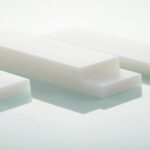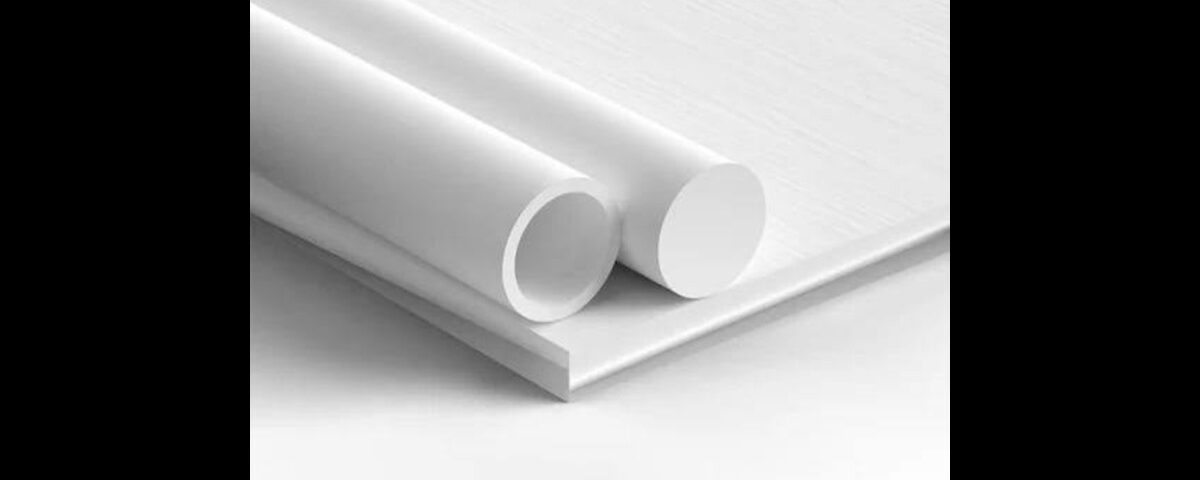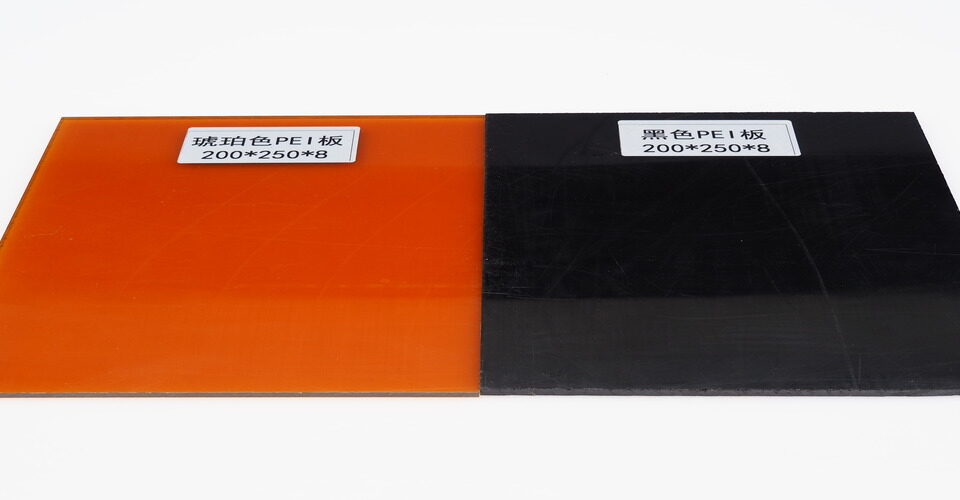
Is PVDF the Same as PVC?
October 15, 2024
What Material is CNC?
October 16, 2024Introduction to PVDF
Polyvinylidene fluoride (PVDF) is a high-performance thermoplastic known for its exceptional properties, including chemical resistance, thermal stability, and mechanical strength. However, it comes with a higher price tag compared to other polymers.

Manufacturing Process
One of the primary reasons for the expense of PVDF is its complex manufacturing process. Producing PVDF involves specialized techniques and equipment, including polymerization under controlled conditions. This process requires significant investment in technology and infrastructure, contributing to higher production costs.
Raw Material Costs
The raw materials used to produce PVDF, particularly vinylidene fluoride, are more costly than those used for common plastics like PVC. The extraction and purification of these materials require advanced processes, which adds to the overall expense.
Performance Characteristics
PVDF’s superior performance characteristics justify its price in many applications. Its resistance to harsh chemicals, UV radiation, and extreme temperatures makes it ideal for industries such as aerospace, pharmaceuticals, and chemical processing. These unique properties often allow for longer-lasting products, reducing long-term costs despite the higher initial investment.
Market Demand
In addition, the demand for PVDF in specialized applications continues to grow, particularly in sectors focusing on sustainability and high-performance materials. This increased demand can drive up prices, further contributing to its expense.
Conclusion
In conclusion, the high cost of PVDF stems from its complex manufacturing process, expensive raw materials, exceptional performance characteristics, and growing market demand. These factors collectively make PVDF a premium material in the polymer market.






